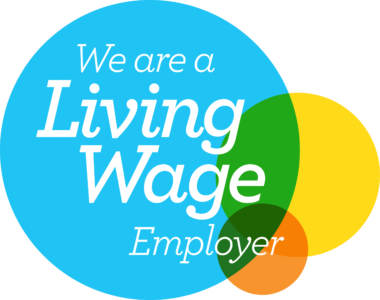In the fast-moving world of early-stage investment, simplicity is often prized. Enter the SAFE: the “Simple Agreement for Future Equity”. Originally devised by Y Combinator in Silicon Valley, the SAFE has gained traction in the UK investment ecosystem – albeit with some important caveats.
But is it truly simple? And is it always safe?
What is a SAFE?
A SAFE is a contractual agreement between a company and an investor. The investor provides capital now, in exchange for the right to receive shares in the company at a future date –typically triggered by a qualifying funding round, sale or liquidation event.
Unlike a convertible loan note, a SAFE is not a debt instrument. It carries no interest, no maturity date and there is no obligation to repay. The investor’s return is purely equity-based, and until conversion, they are not a shareholder.
Discount vs valuation cap: how the economics work
Two key levers determine the investor’s upside in a SAFE: the discount and the valuation cap.
- discount: The investor receives shares at a reduced price compared to the price paid by new investors in the next funding round. A typical discount might be 10–20%, rewarding the investor for taking early risk
- valuation cap: This sets a ceiling on the company’s valuation for the purposes of calculating the investor’s share price. If the company raises at a valuation above the cap, the SAFE investor benefits by converting at the capped valuation – effectively acquiring more shares for their investment.
Standard SAFEs use one or the other, but it is common for amended version to use both. The interplay between the two can be complex, and founders should model the impact on valuation and dilution carefully. For example, if a SAFE includes a 20% discount and a £4m valuation cap, and the next round is priced at £6m, the investor could convert at the lower of the discounted price or the capped valuation – whichever yields more shares.
Why the UK is different
While SAFEs have become standard fare in the US, their adoption in the UK has been more cautious. The UK’s legal and tax landscape introduces several complexities:
- SEIS/EIS eligibility: HMRC requires that investments qualifying for these tax incentives be wholly for equity. A standard US-style SAFE – with no fixed conversion date and potential cash-out on dissolution – may not qualify. UK SAFEs must be adapted to include, amongst other criteria, a long-stop date (typically six months) for conversion
- company law formalities: UK companies should ensure the necessary authority to issue shares and pre-emption waivers have been obtained for the terms of the SAFE
- financial promotions: SAFEs may fall within the scope of the Financial Services and Markets Act 2000. Any communication about a SAFE may be a “financial promotion” and so must be made only to exempt investors or via authorised persons.
ASA vs SAFE vs Convertible Loan Note
The SAFE sits alongside two other instruments commonly used in UK fundraising:
| Feature | SAFE | Advanced Subscription Agreement | Convertible Loan Note |
| Interest | None | None | Yes |
| Repayment | No | No | Yes (at maturity or default) |
| SEIS/EIS eligible | Only if appropriately adapted | Yes | No |
| Conversion trigger | Equity round or long-stop | Equity round or long-stop | Equity round or maturity |
For investors seeking SEIS/EIS relief, an Advanced Subscription Agreement (ASA) remains the preferred route. For those prioritising downside protection, the convertible loan note may be more suitable. The SAFE, when properly structured, offers a middle ground – simplicity with equity upside.
Strategic considerations
For founders, SAFEs offer speed and minimal dilution (until conversion). For investors, they provide early access to equity at a discount or capped valuation. However, both sides must understand the implications:
- dilution modelling: multiple SAFEs can stack up, leading to unexpected dilution at the next round.
- tax relief: investors must be clear on whether the SAFE qualifies for SEIS/EIS – and if not, whether they are comfortable with the risk profile.
- legal enforceability: the SAFE must be carefully drafted under English law, with clear conversion mechanics and appropriate investor protections.
Conclusion
SAFE notes are becoming more common in UK transactions, but they are not a one-size-fits-all solution. At Birketts, we advise both founders and investors on the appropriate structure for their fundraising ensuring commercial clarity.
If you are considering a SAFE – or any early-stage investment instrument – please get in touch with our Venture Capital team for tailored advice.
The content of this article is for general information only. It is not, and should not be taken as, legal advice. If you require any further information in relation to this article please contact the author in the first instance. Law covered as at September 2025.








